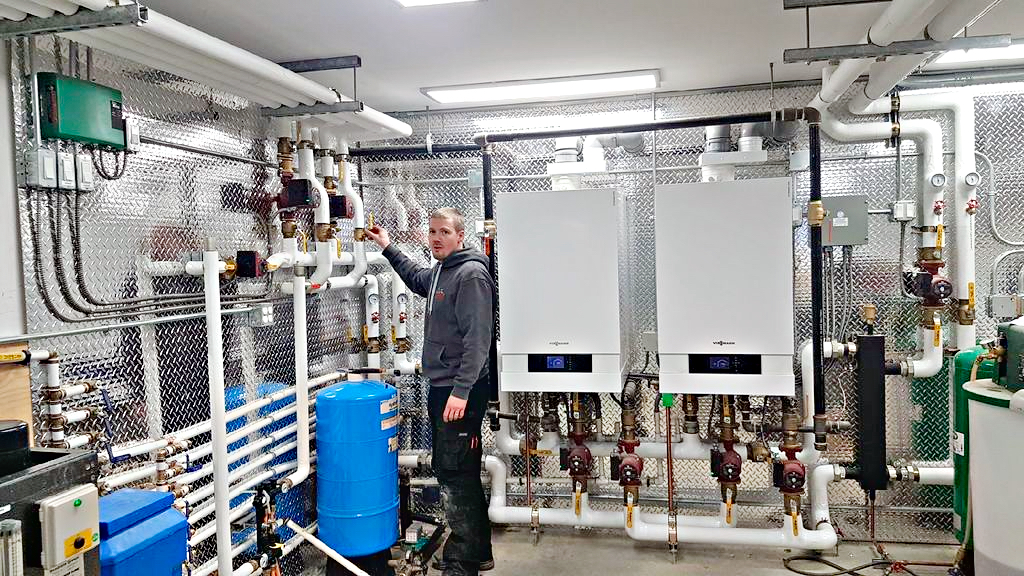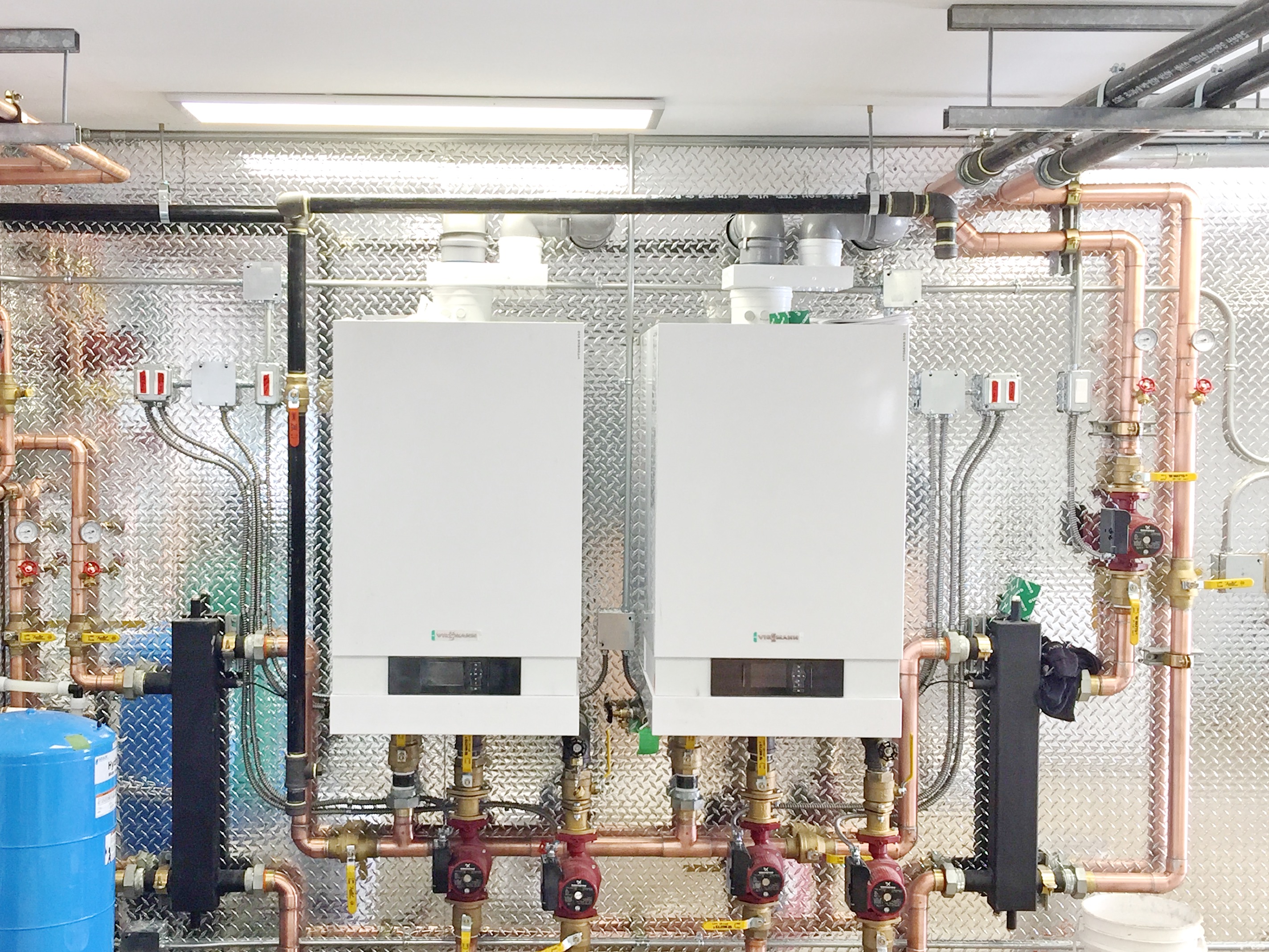HVAC Tune-Ups
First of all: What does HVAC stand for?
HVAC is an acronym for Heating Ventilation Air Conditioning. It’s a term that is used to describe the complete system that is used to heat or cool your home or business while also ensuring the air you breathe is of high quality.
A typical home in Regina will have several components to the HVAC system. These will most likely include:
- Heating Unit: This is typically a furnace but may be a boiler.
- Cooling Unit: This is typically an air conditioner but may be a heat pump.
- Ventilation Elements:
- Ductwork: Channels that distribute air.
- Air Handler: Houses the blower that drives the air through the ducts.
- Registers and Vents: This is where air flow happens in each room.
4. Thermostat:
The brains of the HVAC system. This is where the temperature is set. Thermostats range from very simple devices to complex smart units that can even learn from your habits or presence.
5. Air Filters:
Filters help keep our indoor air perfect by capturing dust and pollens or other particles like pet hair.
6. Humidifier:
These units act to control our indoor humidity levels. During our dry winters humidity is added. Adjusting humidity in a home can greatly increase the comfort level.
7. HRV Unit:
Heat and Energy Recovery Ventilator These devices, more common in newer homes, make your home healthier and cleaner by continuously replacing stale indoor air with fresh outdoor air.
8. Radiators:
Some homes that use a boiler system for heating will have radiators located along walls in every room. When the radiators heat up they radiate warmth outward to heat the room.
As you can see that’s a pretty big list of equipment keeping your home comfortable and your indoor air perfect. As with any mechanical equipment, your HVAC system does require
Regular Maintenance
to keep it operating smoothly.
Benefits of HVAC Tune-Ups:
- Enhanced Efficiency: Cleaning, replacing filters, lubricating moving parts and ensuring proper airflow all add up to a more efficient machine which helps you save money on your energy bills
- Extended Lifespan: Your HVAC system is a big investment. Improve the lifespan of that equipment with regular maintenance.
- Better Air: Air quality is best when your HVAC system is running properly.
- Reduced Repairs: Preventative maintenance goes a long way in catching repairs early and preventing escalating costs.
- Improved Comfort: A well maintained system will provide you with the most comfort.
- Safety: Checking on electrical connections and gas lines regularly can reduce the risk of hazards like gas leaks, electrical fires, and carbon monoxide poisoning.
- Warranty: HVAC maintenance is typically a requirement for warranty. Failure to maintain a system properly can void warranty.
- Reducing your environmental impact. A well tuned HVAC system uses less energy.
T&C Air Conditioner Precision Tune-Up
- Check operation of thermostat, including calibration
- Test for refrigerant shortage
- Wash outdoor condensing unit
- Balance air flow for air conditioning
- Perform temperature drop at indoor coil
- Clean condensate lines and test operation
- Inspect compressor contacts
- Clean or replace standard filters
- Lubricate all moving parts
- Monitor start capacitor and potential relay operation
- Close down humidifier operation
- Measure and record amperage draw on compressor
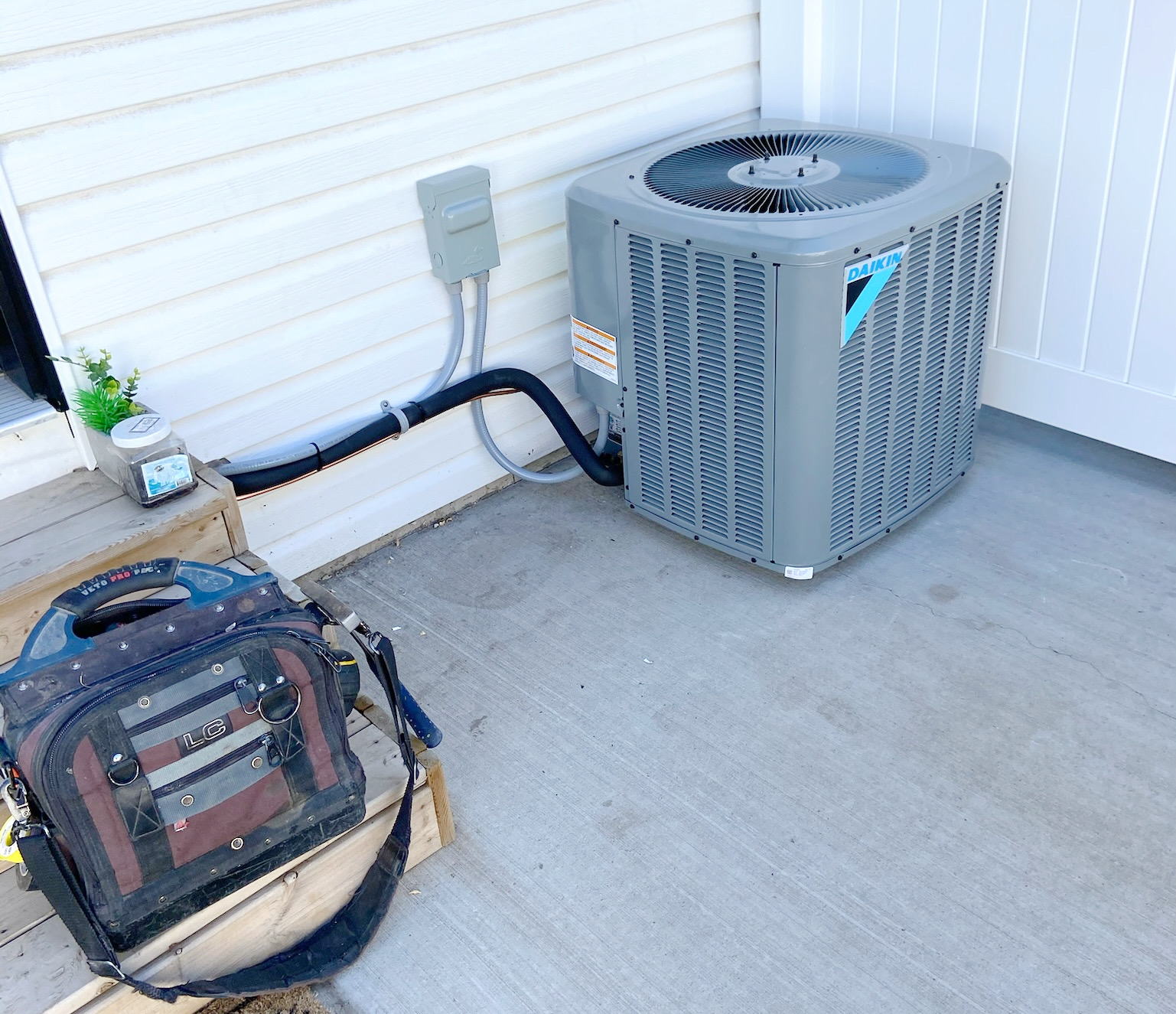
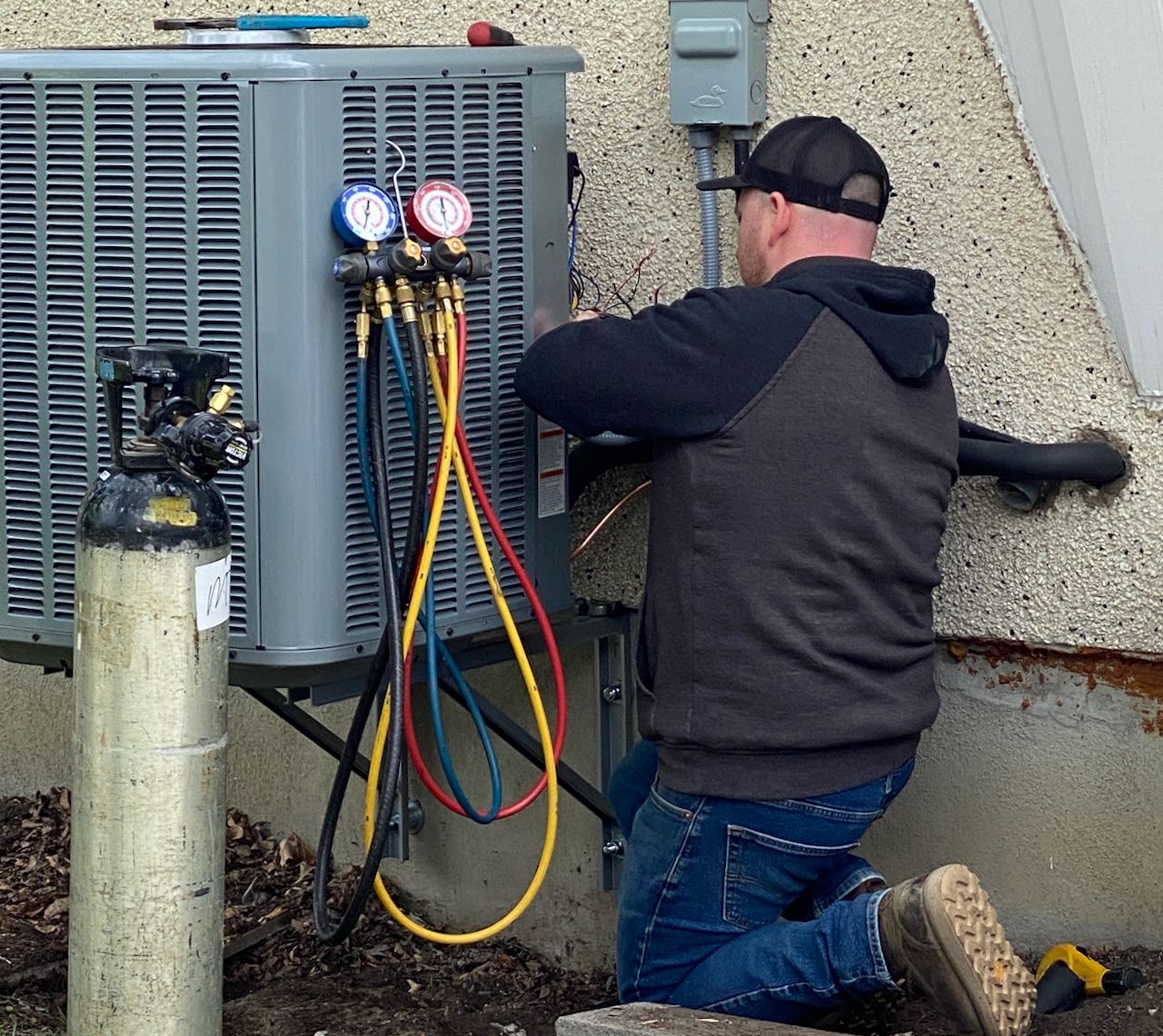
T&C Furnace Precision Tune-Up
- Check operation of thermostat including calibration
- Perform carbon monoxide test and record readings
- Inspect venting for rust and leakage
- Test all safety controls
- Check combustion and ventilation air
- Clean burners and pilot, Adjust for proper combustion
- Clean flame sensor and record flame signal
- Check all gas fittings on valve train for leaks
- Clean and flush condensate lines, including pump
- Clean heat exchangers
- Remove and clean blower
- Perform temperature rise on heat exchanger
- Clean or replace standard air filters
- Lubricate motors as required
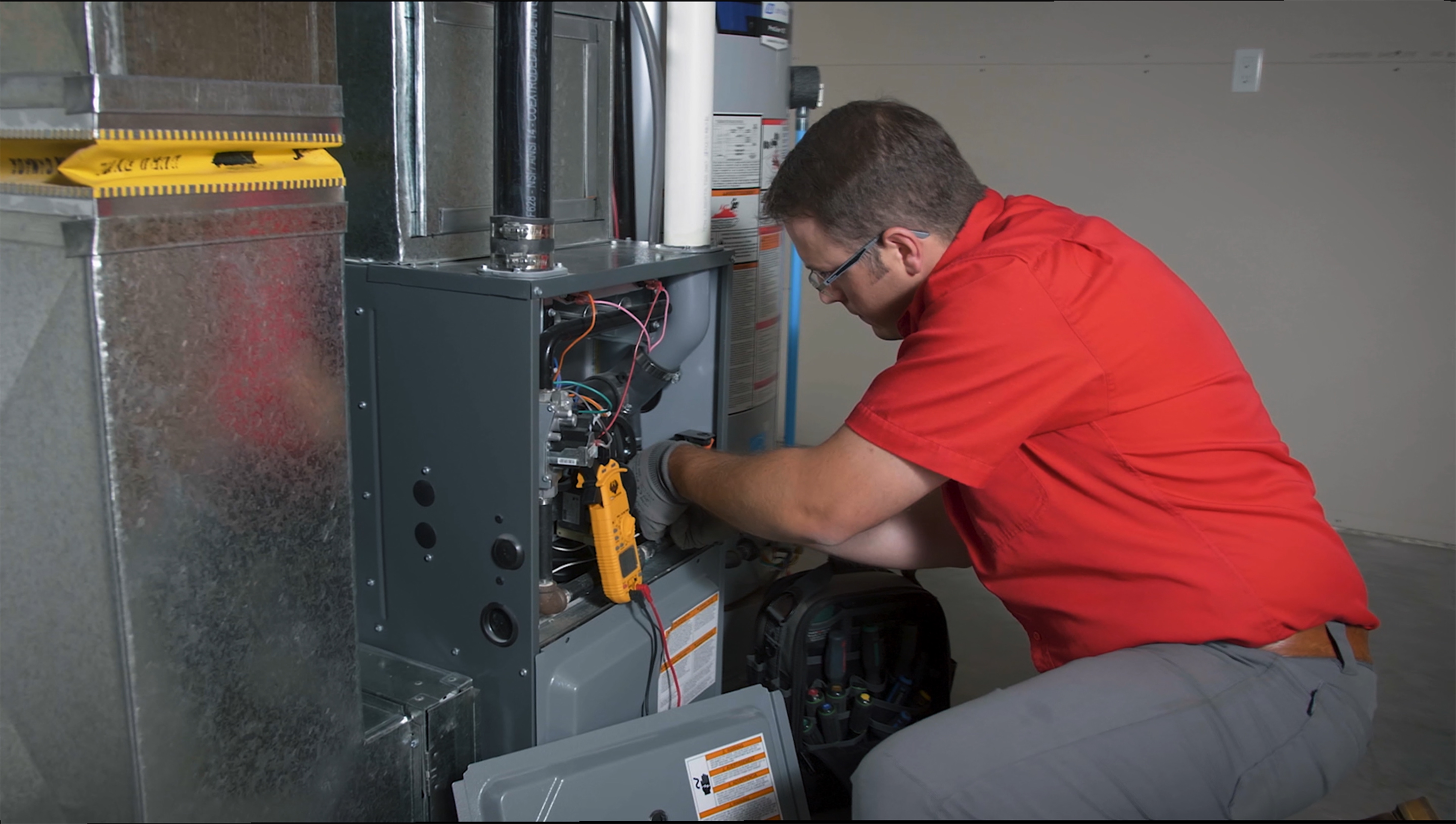
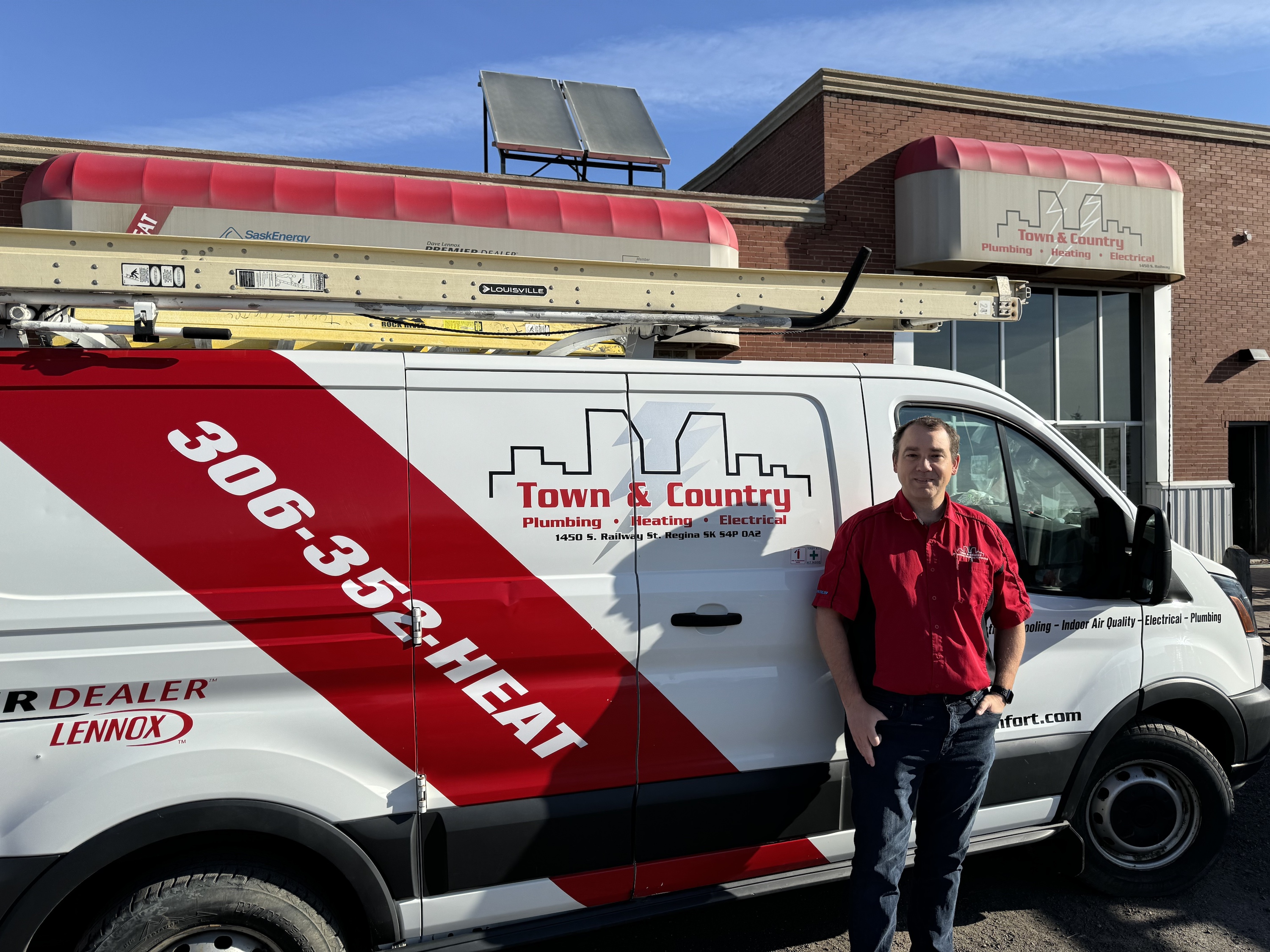
T&C Boiler Precision Tune-Up
- Check operation of thermostat including calibration
- Test all safety controls
- Inspect venting for rust and leakage
- Clear burners and pilot, adjust for proper combustion
- Clean flame sensors and record reading
- Perform carbon monoxide testing on ambient air in the boiler room
- Inspect fire bricks and insulation
- Check all gas fittings on valve train for leaks
- Examine heat exchanger and combustion chamber
- Lubricate pump and motors
- Check condition and operation of expansion tank
